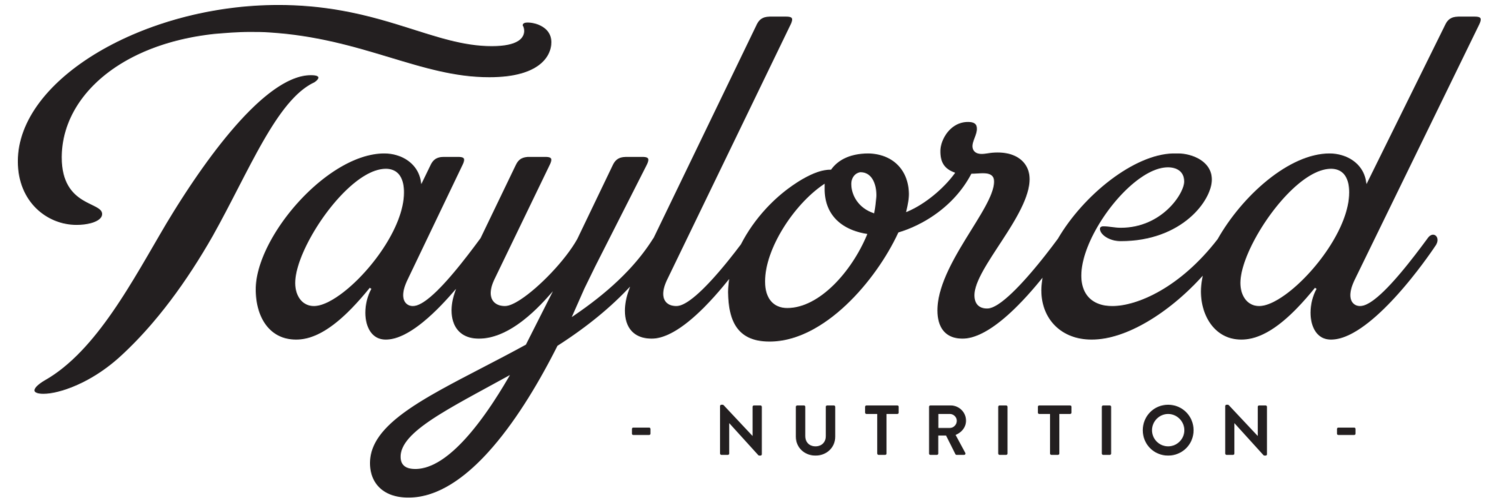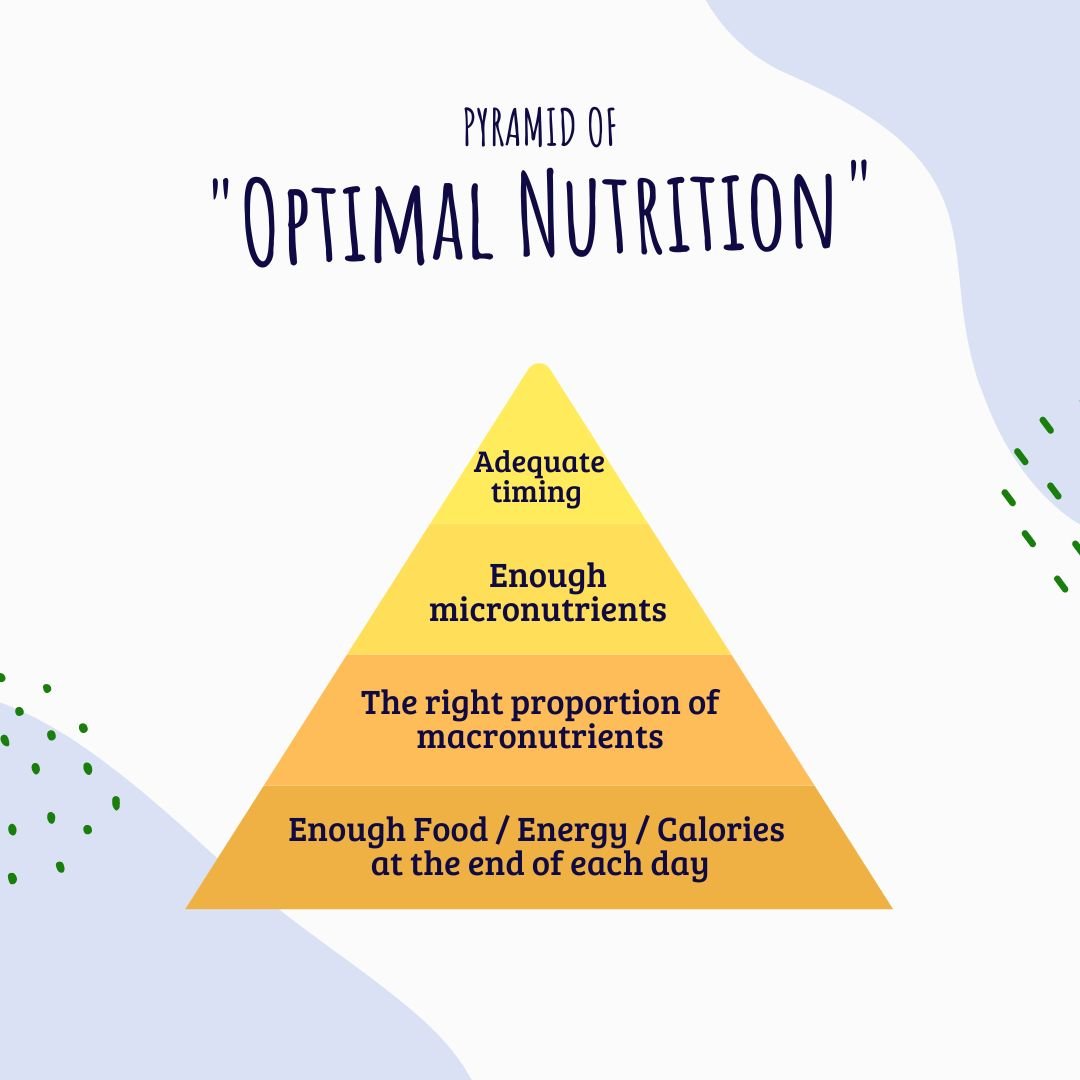Today we are talking Protein Shakes. Probably one of the most common questions that I get from parents I work with…
“Are they good?”
“Should my athlete drink them?”
“Which ones do you recommend?”
“When should they drink them?”
My response and discussion of this popular question is always similar and it goes something like this…
Yes, I think that protein shakes CAN be beneficial and helpful…
in certain situations
with the right information and understanding to support it
Typical Instances Where Protein Shakes Can Be Helpful For Young Athletes:
An athlete has early morning practice before school and needs a quick protein choice to pair with the carbohydrate in their recovery snack between end of practice and their first class.
An athlete has a super packed school schedule and sometimes does not have the time (or make the time) for a full hot lunch.
An athlete needs quick and shelf-stable protein ideas to have on-hand during long days of tournaments, back-to-back practices or competitions.
The athlete is vegetarian or vegan and so their easy on-the-go protein choices are more limited throughout the day.
The more mature athlete is struggling to meet protein goals for weight and / or muscle gain.
An athlete has decreased appetite after intense practices and liquid nutrition is the only thing desired or tolerated.
While protein shakes can be helpful in scenarios like those above, it’s important for the athlete to understand a few important facts so that the shake fully benefits the athlete’s performance…
Key Points to Remember When Incorporating Protein Shakes:
Low in Calories. Protein shakes are often low in calories and relying too much on these on their own can leave an athlete underfueled.
Low in Carbohydrates. Protein shakes are often low in carbohydrates. Not being strategic about how a protein shake fits into the meal or snack can leave an athlete under-consuming carbohydrates. And we know that carbohydrates are key for (1) energy, stamina and performance, (2) building muscle and (3) recovery.
Not a Nutrition Shake. Relying too much on protein shakes as a source of protein while not being intentional about other meals and snacks can leave an athlete deficient in other macro or micronutrients. Protein shakes are usually not equal to nutrition / meal replacement shakes.
Contain Artificial Sweeteners. Many protein shakes do contain artificial sweeteners (to keep the sugar down, which means the carbohydrates are low as well) and these can cause stomach discomfort / upset in some individuals. If your athletes’ stomach is sensitive to these, it may be best to avoid.
More isn’t necessarily better. Different protein shakes have different amounts of protein. The typical 12 or 13 year old athlete does not need 40+ grams of protein in their protein shake. It will not give them an additional benefit to building muscle over 15 to 30 grams (depends on weight, stage of development, etc.), especially if they are allowing that 40 grams to make up for very little protein or no protein in another meal or snack. Remember, we want consistent protein intake that meets the specific athlete’s overall goal spaced throughout the day. This is where, if the athlete has struggled with building muscle, I recommend you get with a sports RD who can give your athlete a total protein goal and the best way to break it up throughout the day.
And, or course, one other thing to consider is the question around if the athlete actually needs extra protein from a shake. Some athletes think they need to drink these because friends or teammates are drinking them. Here are some initial questions I start with when seeing an athlete who wonders about protein shakes…
Initial Questions To Ask Before Relying On Protein Shakes:
“How much protein is the athlete currently getting?”
Many athlete are getting more protein than they think.
Take a look at current meal and snack patterns. What is the protein content of your athlete’s current food choices?
“Does your athlete like a variety of protein-rich foods and drinks?” If the answer is “yes”, then I encourage them to try those first over shakes. Those foods and drinks will likely offer more overall nutrition and energy than a single protein shake (and can be more budget-friendly than more pricey protein shakes).
“Can the athlete fit a variety of these foods in throughout the school day (before school, during school or after school)?” Once the athlete has identified protein foods they enjoy and that are available regularly (I go over this in depth with the athlete in our sessions), we need to determine the feasibility of actually getting these throughout the day each day. The athlete may have a bunch of protein-rich foods & drinks they love, but their school schedule makes it tough to get many of those foods each day. In my sessions with athletes, I’m here to partner with them. We incorporate what they like and what they will try with what is actually feasible with their scheduler and make recommendations and a plan from there.
If your answer these questions and you realize the athlete is meeting their protein goals, then a protein shake likely isn’t necessary. If, however, you determine that the athlete’s protein needs cannot be met from regular foods and beverages, then protein shakes may be a helpful advantage.
If you need help assessing your athlete’s intake…
or if your athlete needs help with getting enough protein each day to support recovery, performance and meeting their goals…
You can always reach out to me on Instagram (@taylormorrisonRD) or shoot me a quick email at taylor@taylored-nutrition.com. We’ll jump on a brief Discover Call to talk more about your athlete’s needs and goals and see if working together would be a good fit. I offer a variety of one-to-one packages as well as a group program throughout the year!
I hope you found this helpful today. Until next time!
Wishing you a well-fueled athlete,
Taylor









